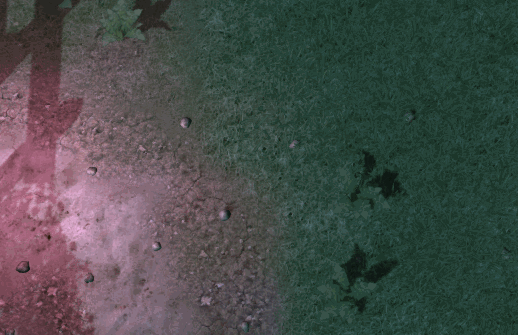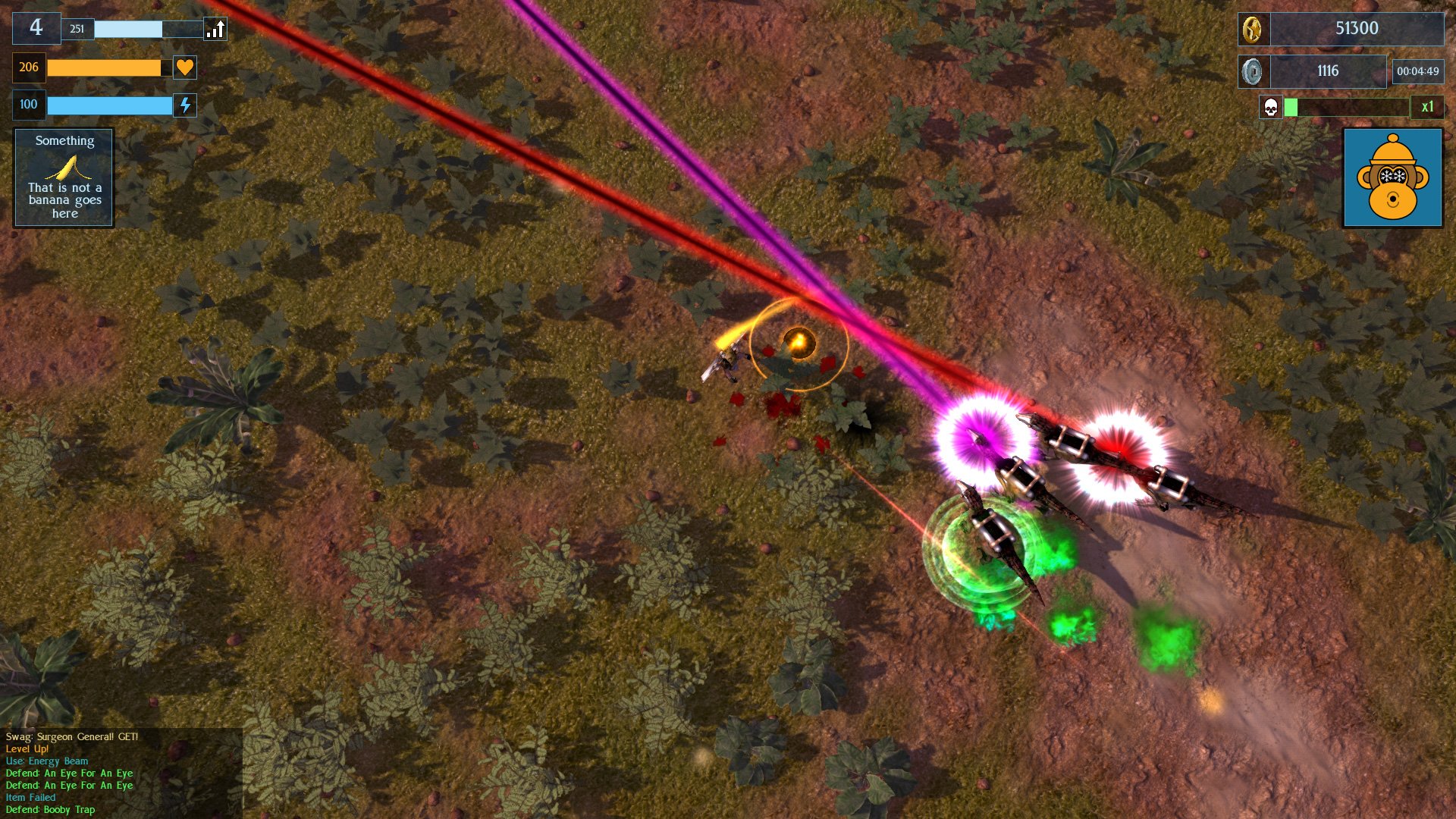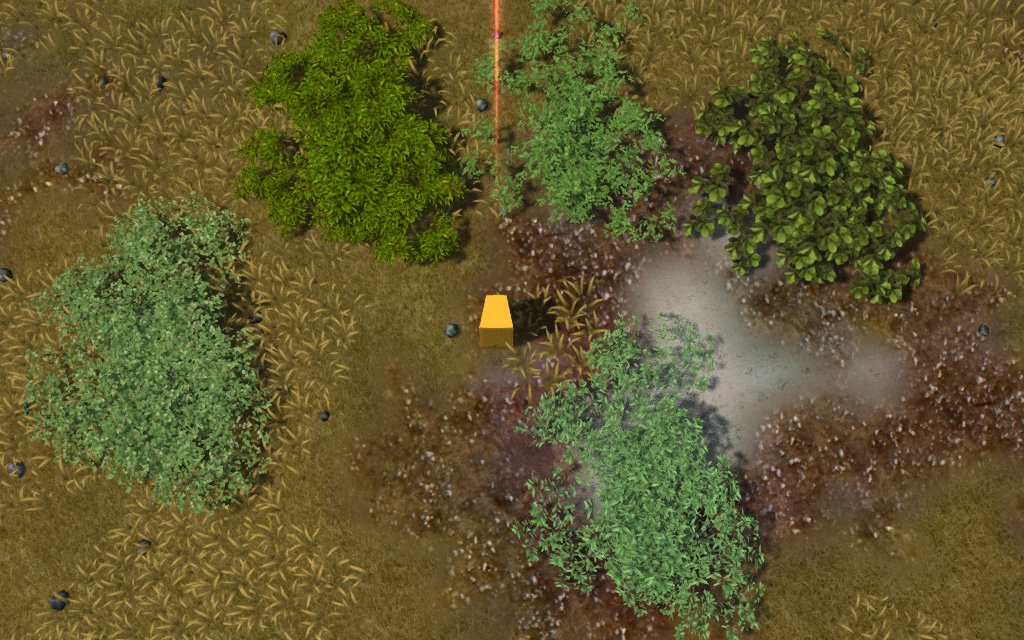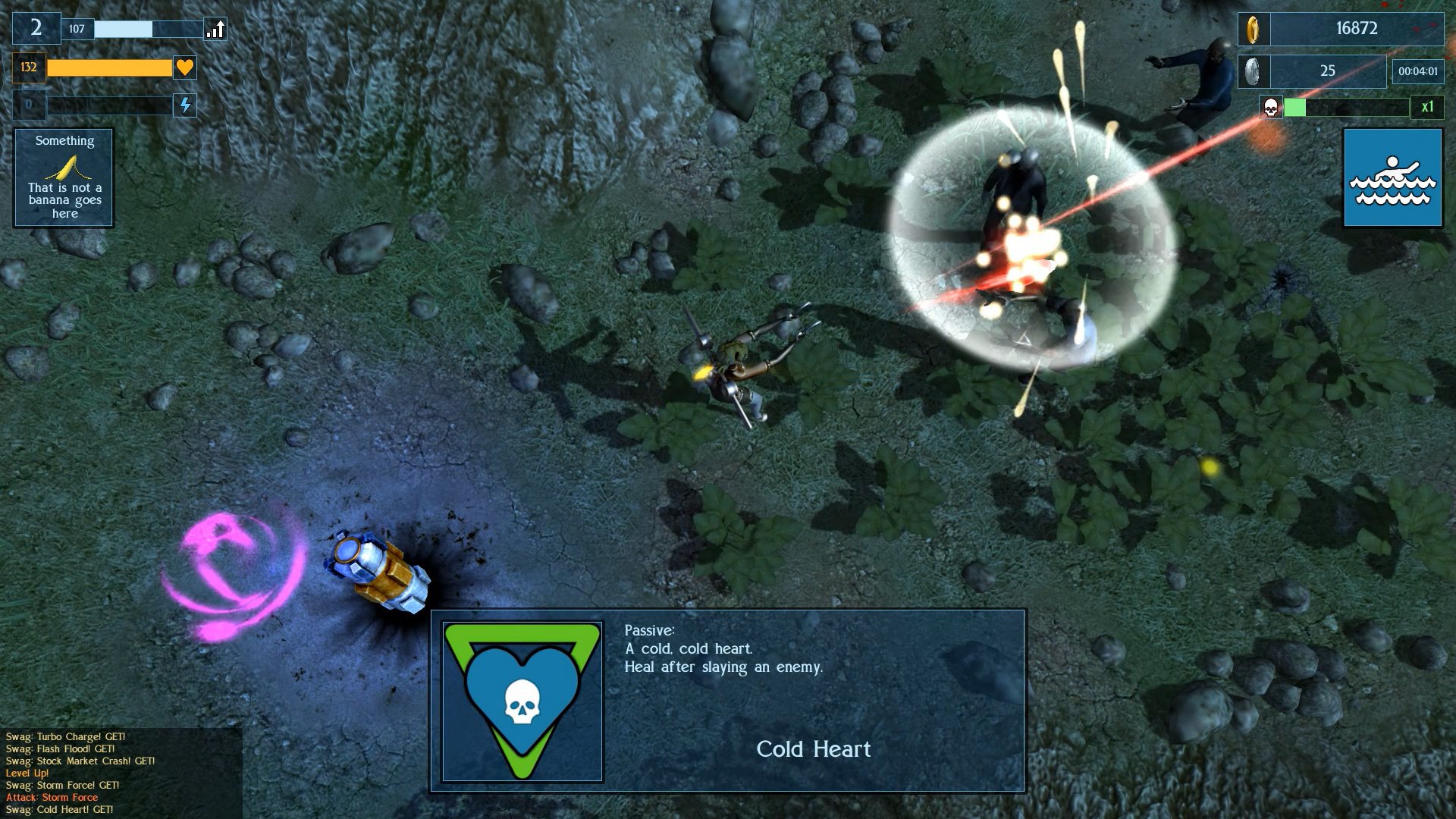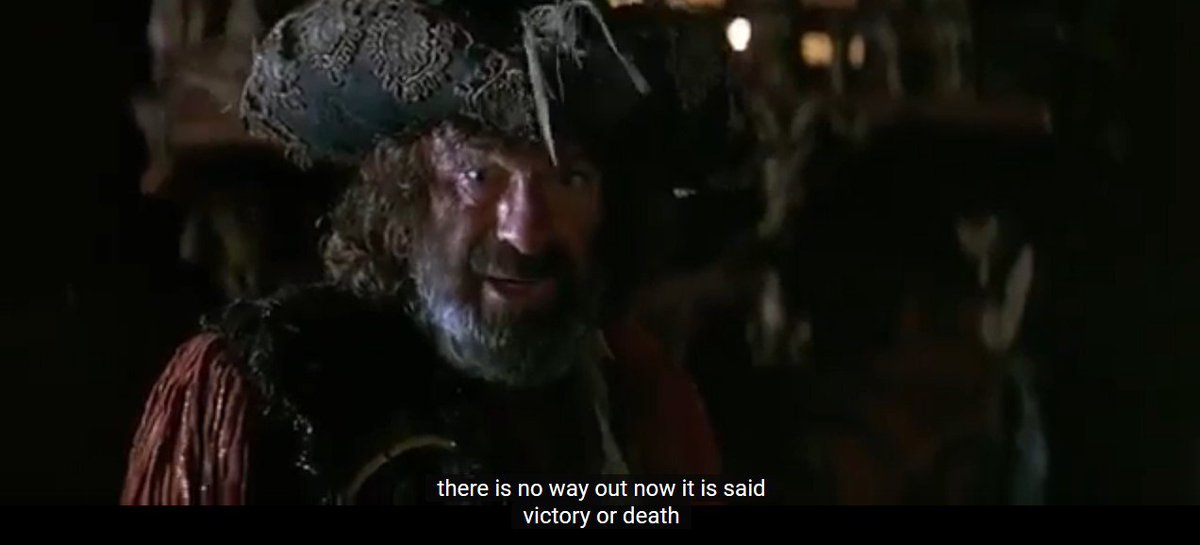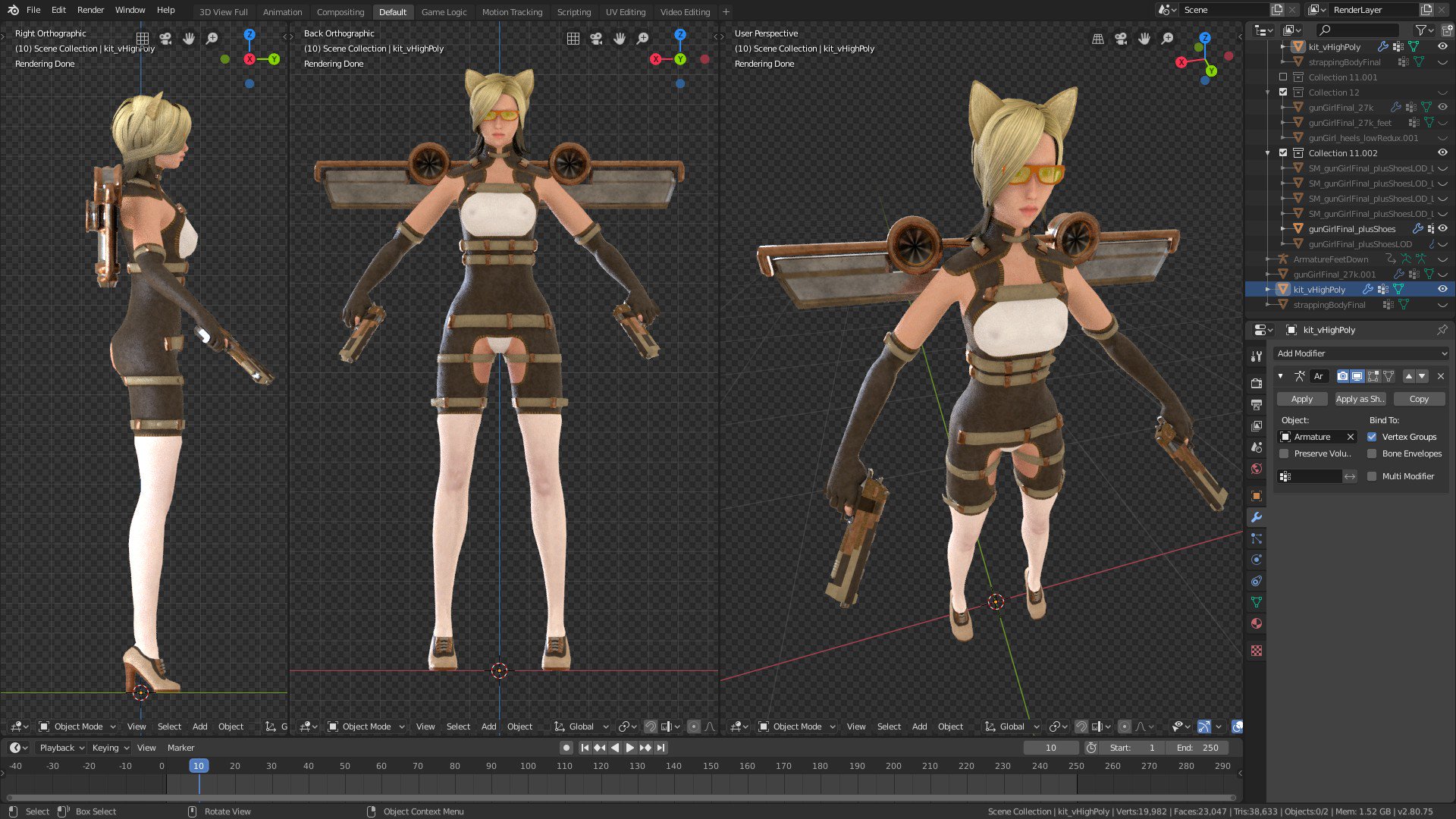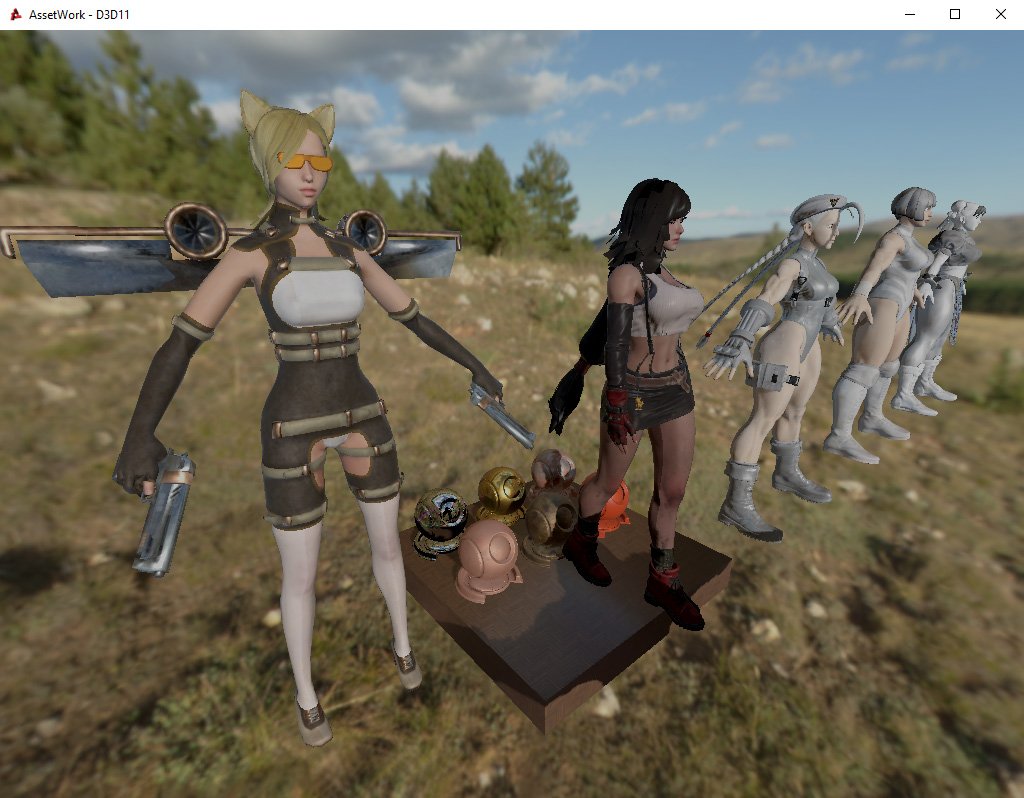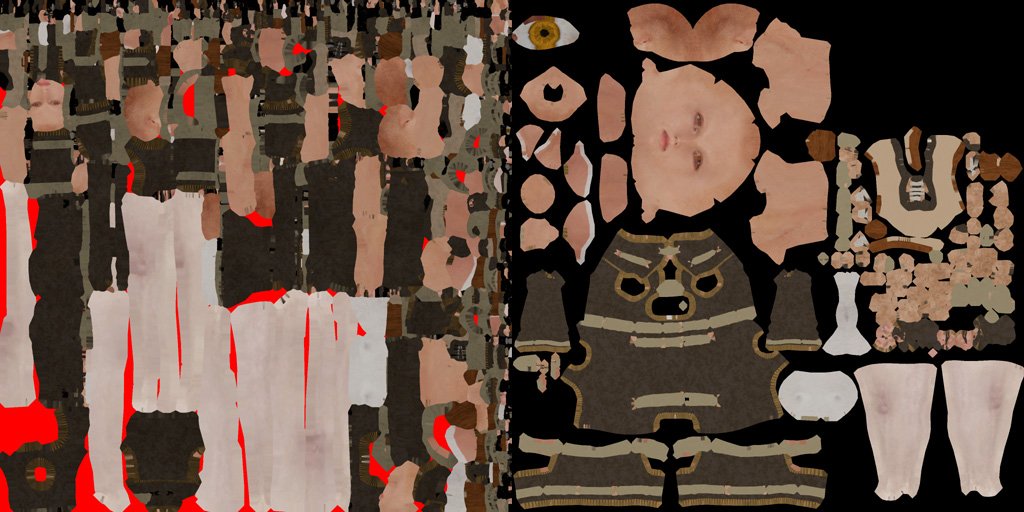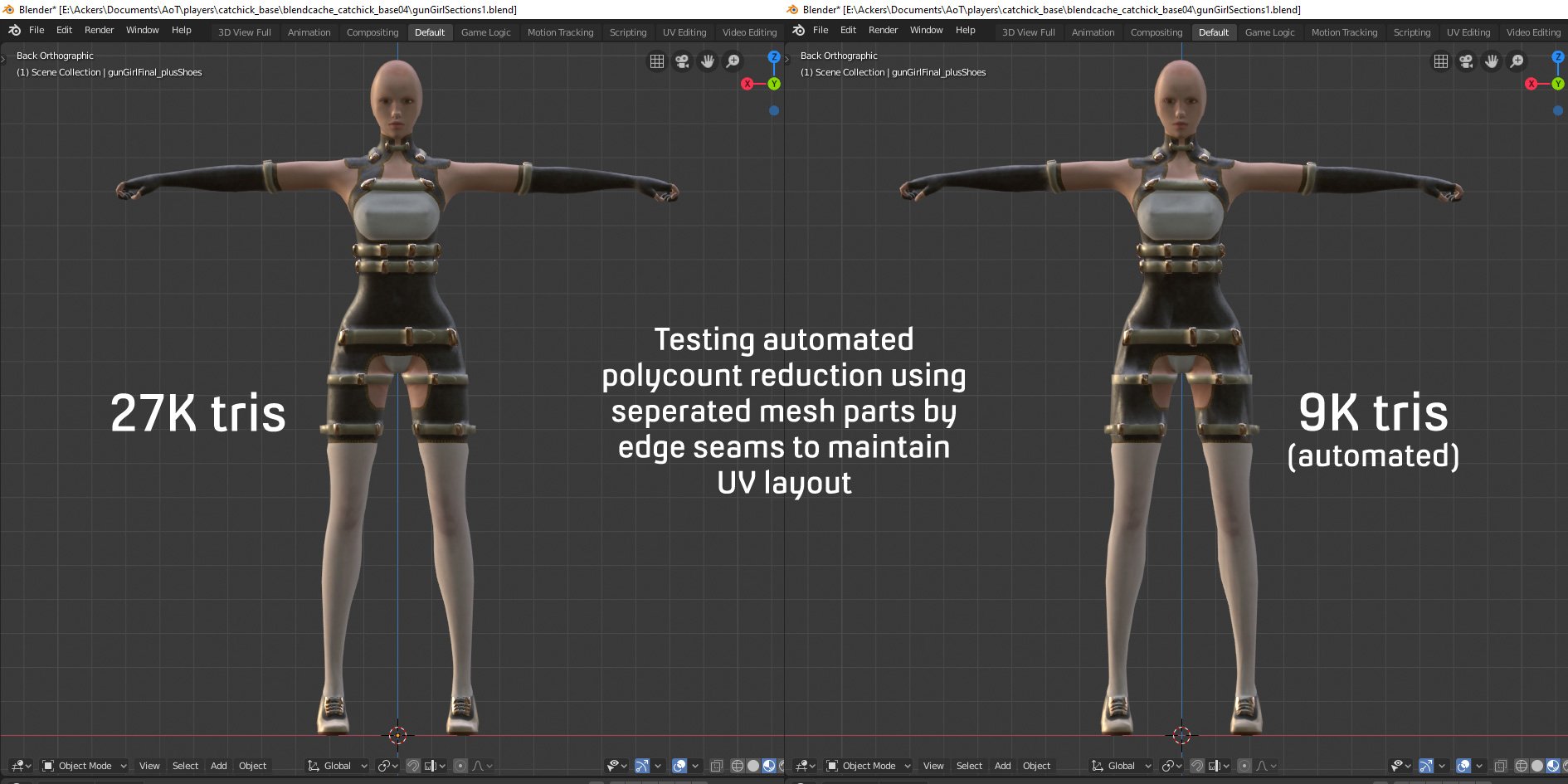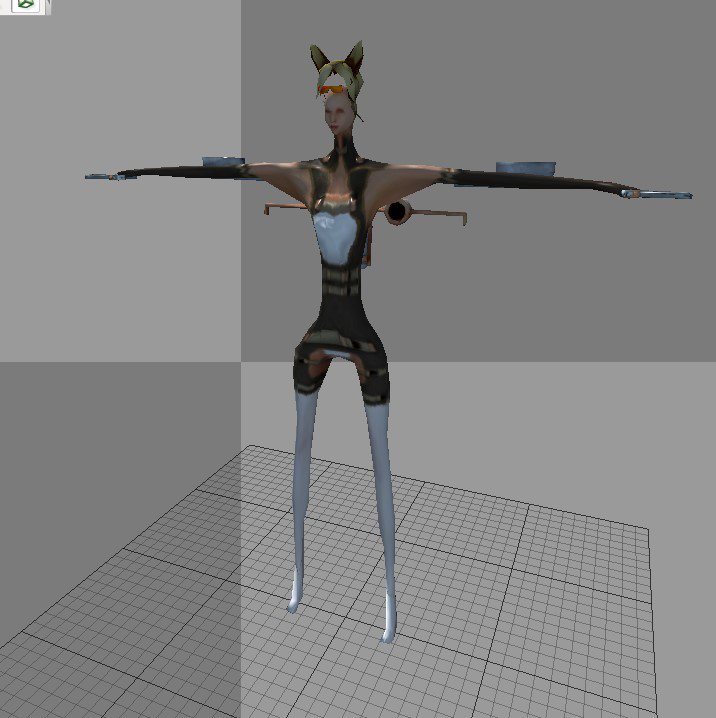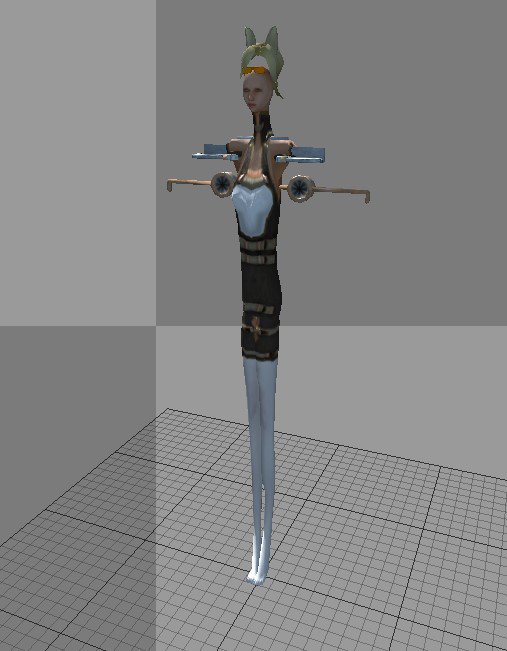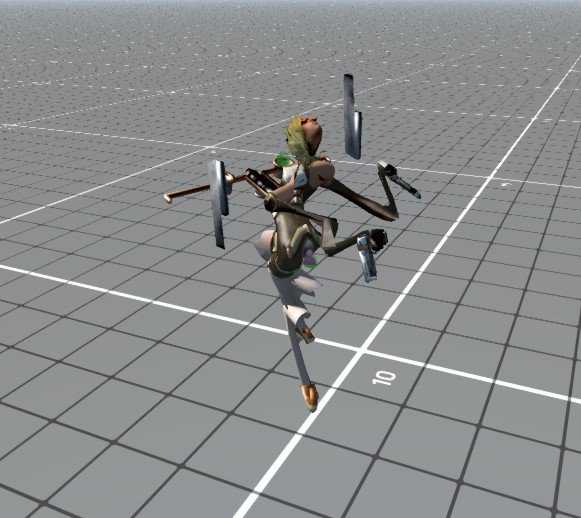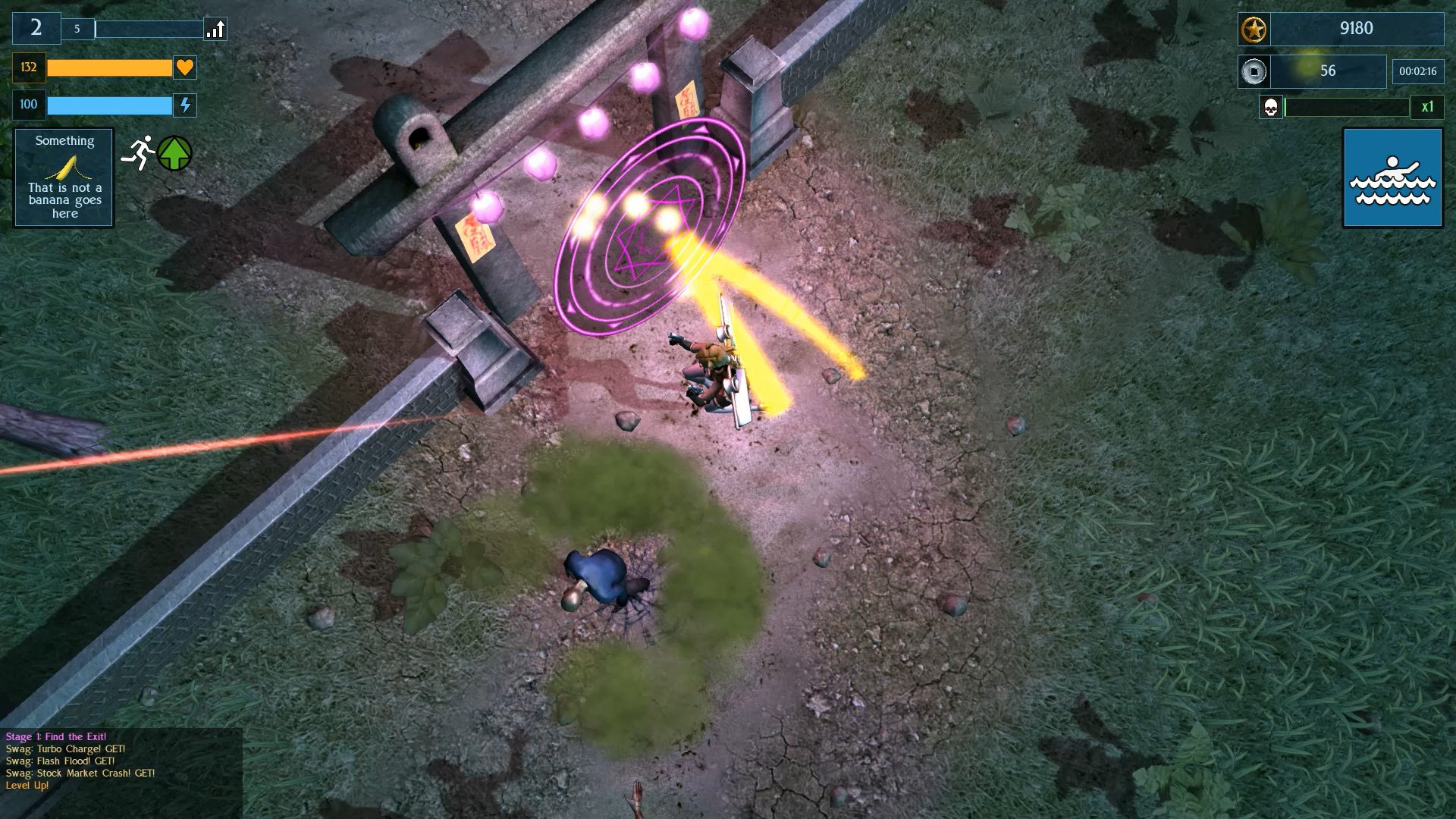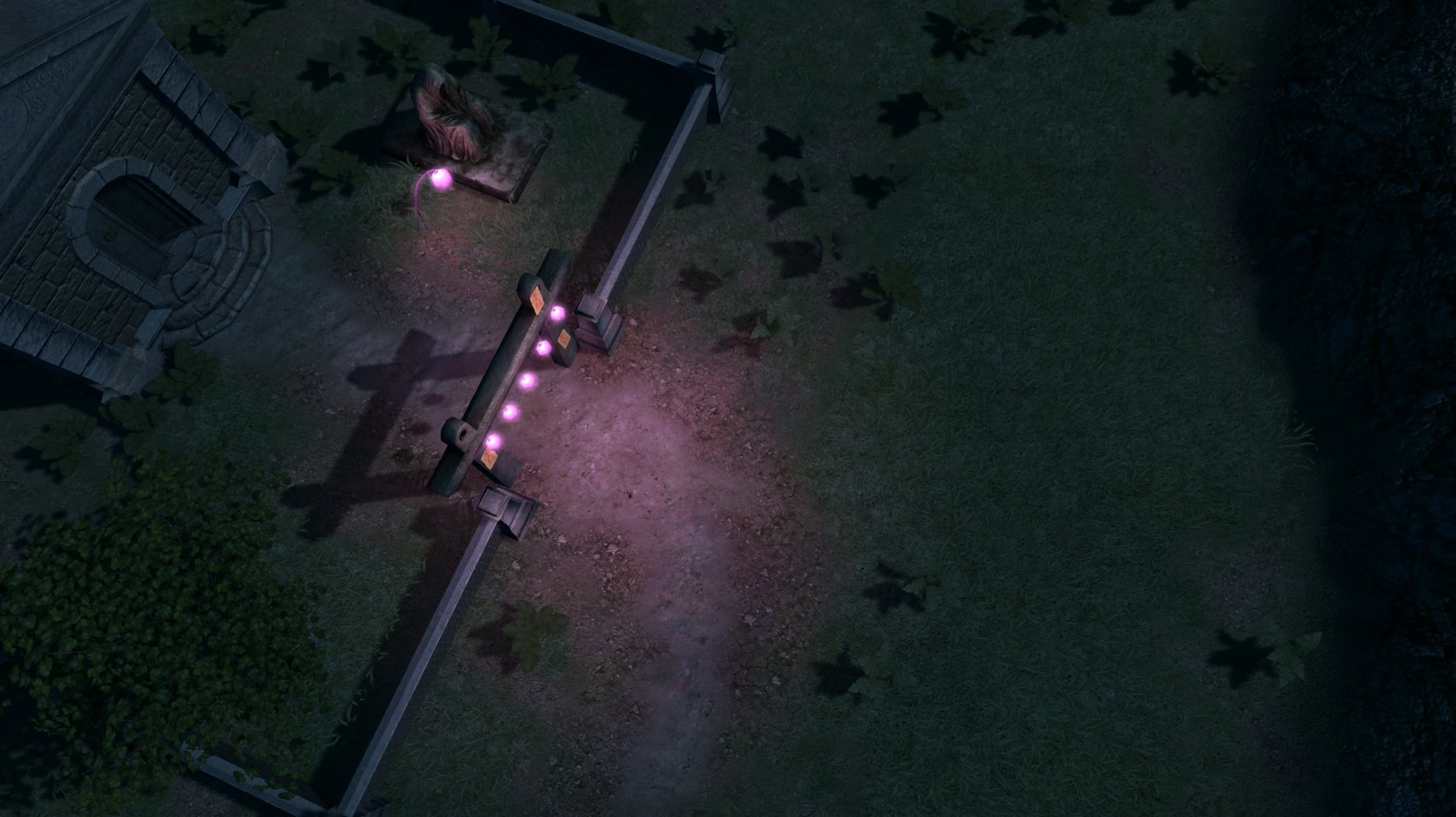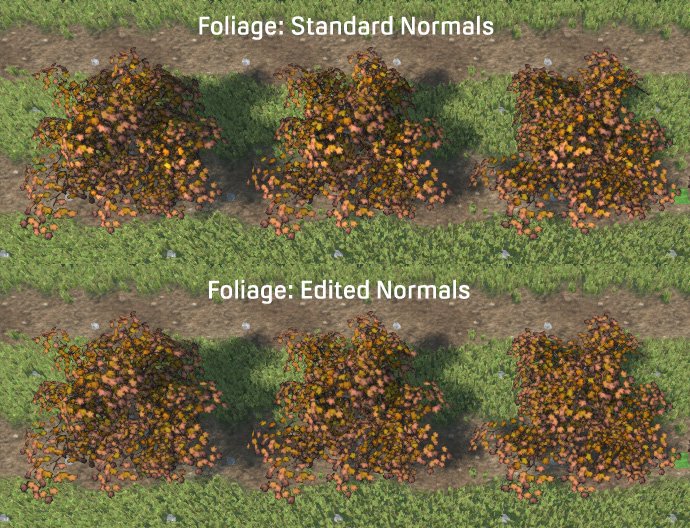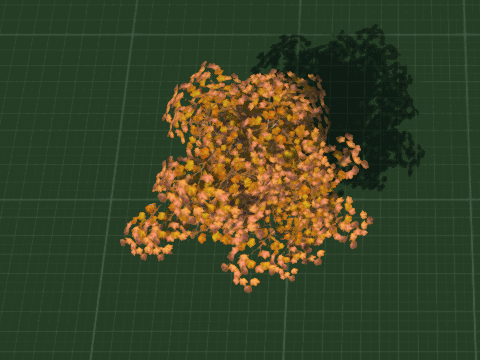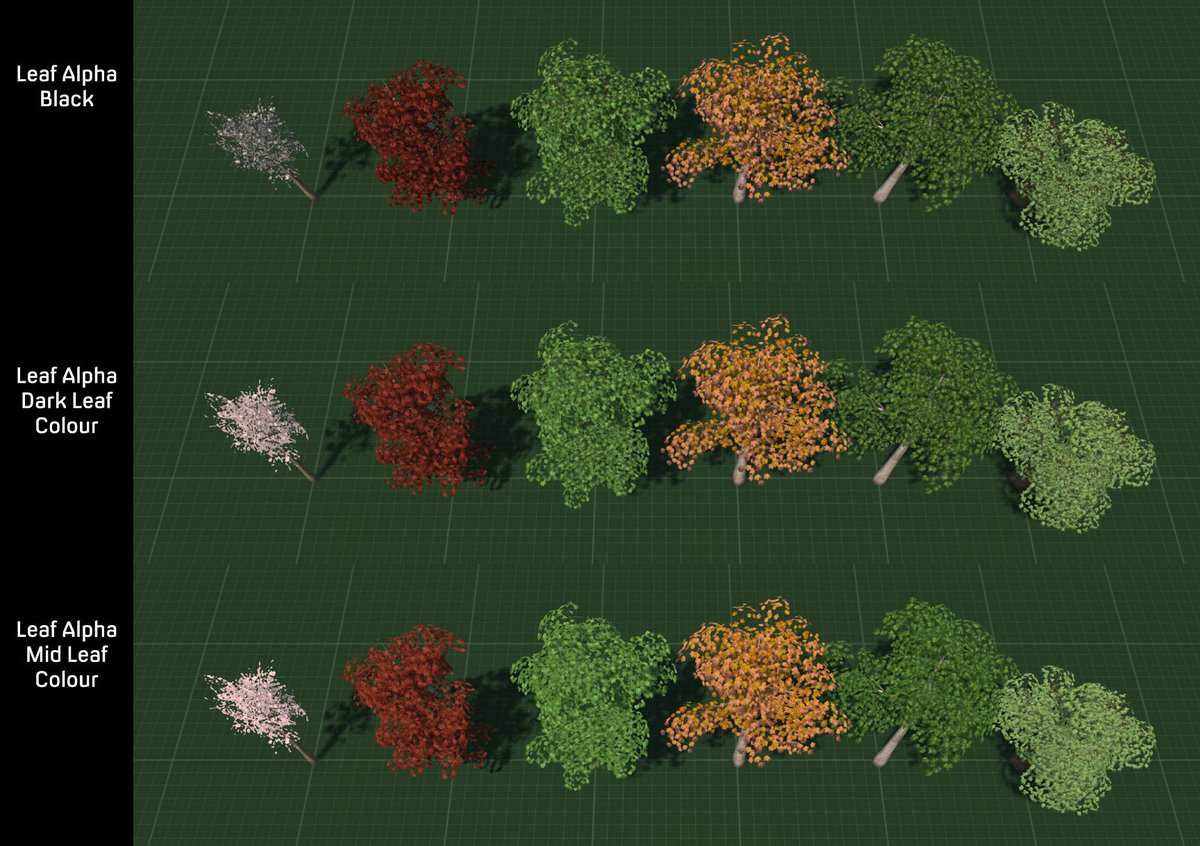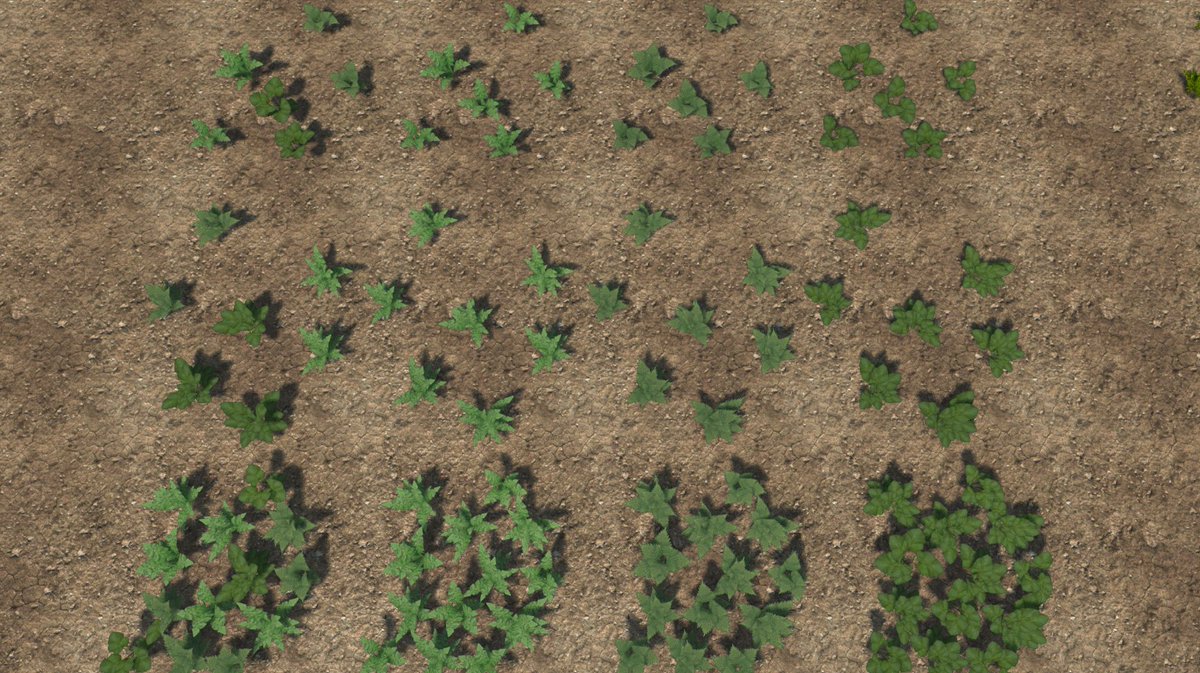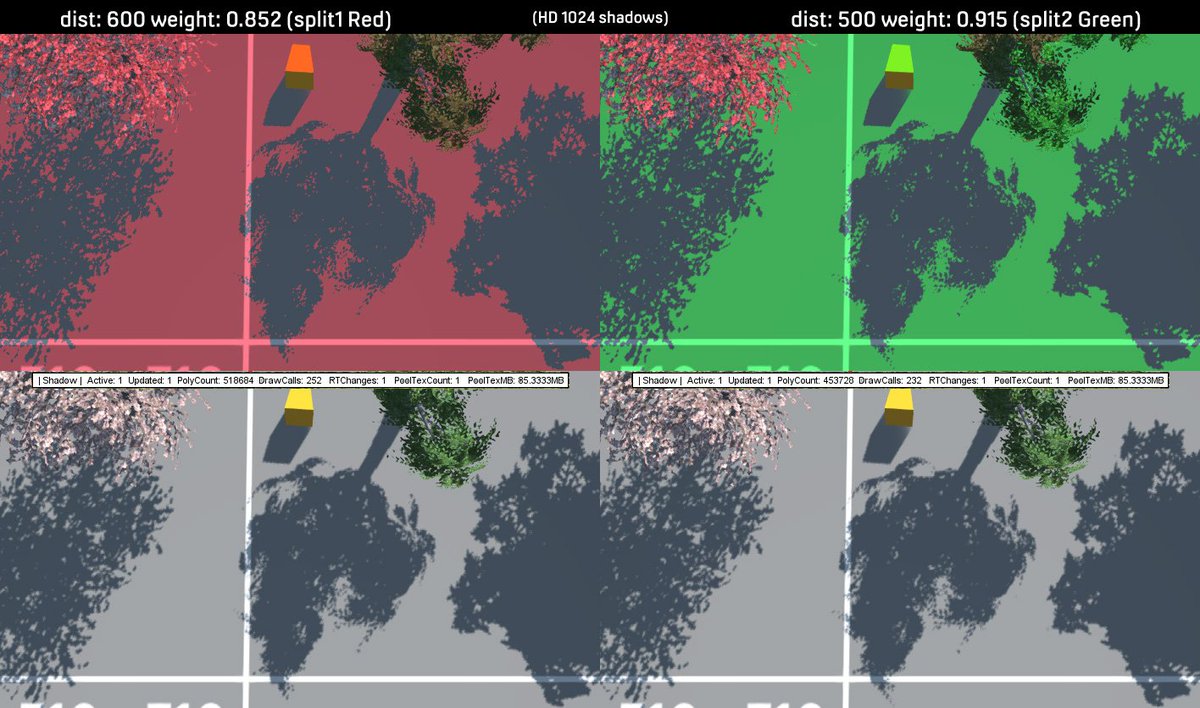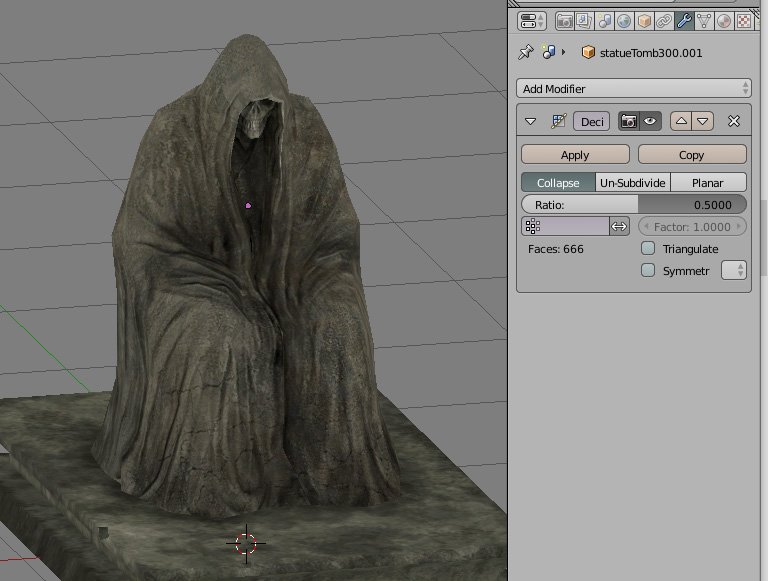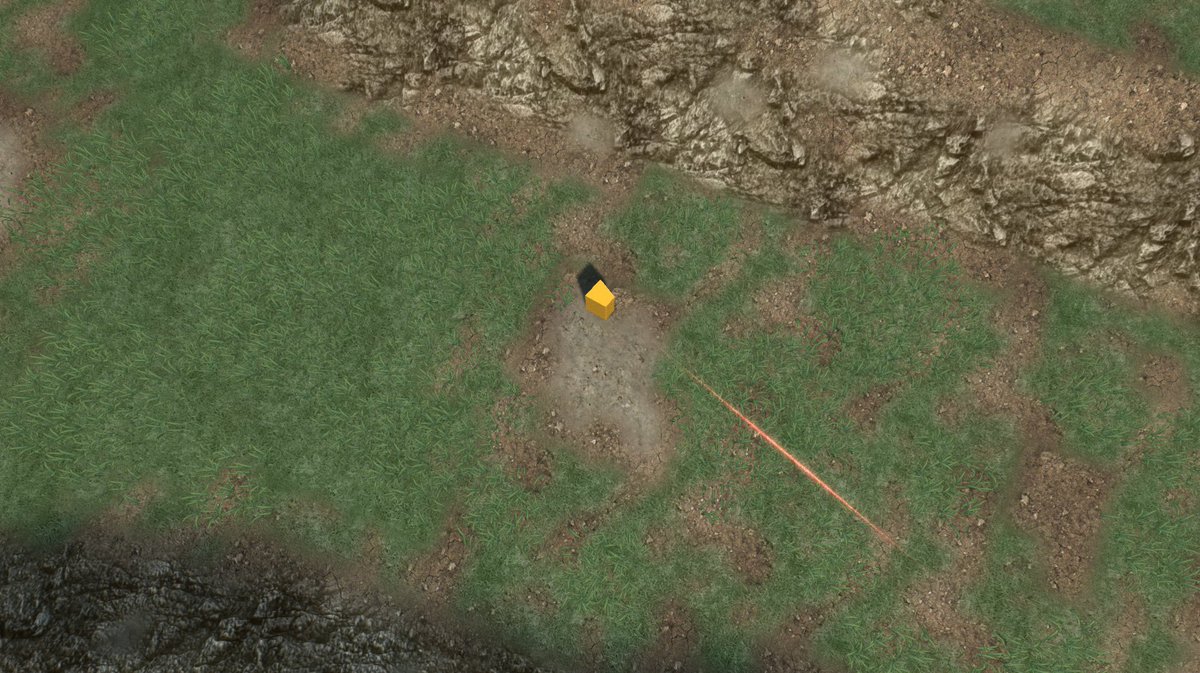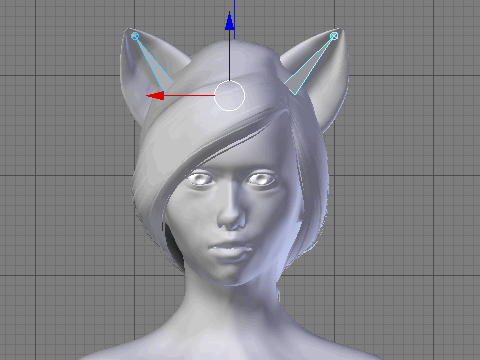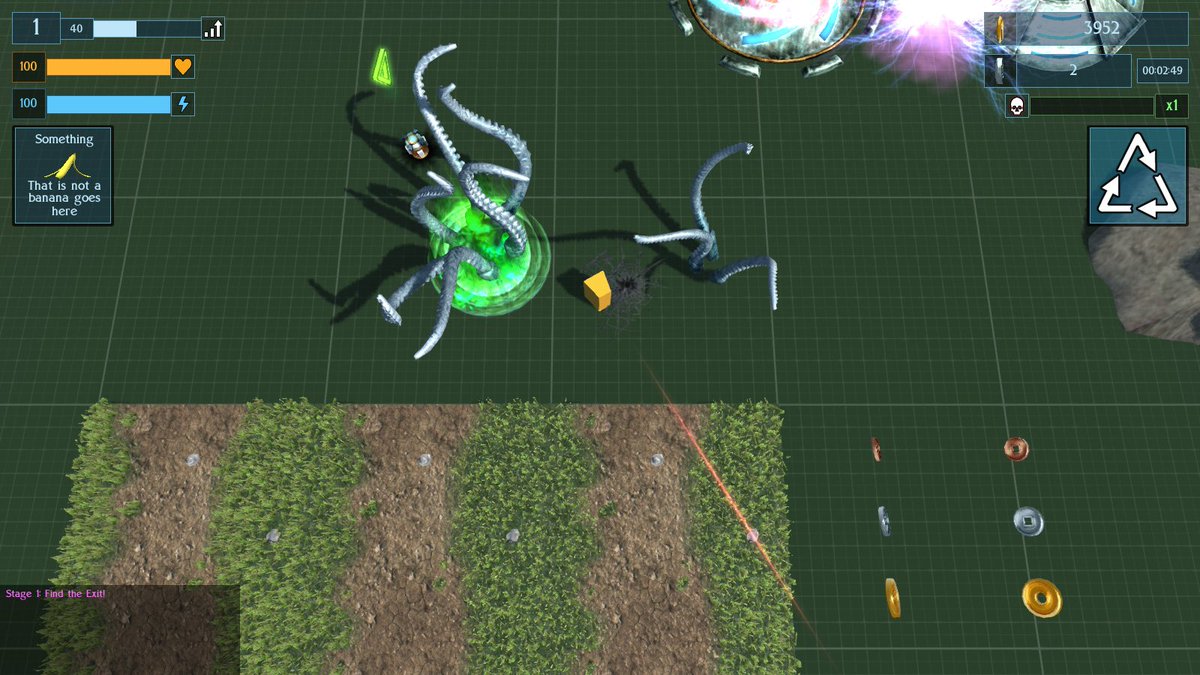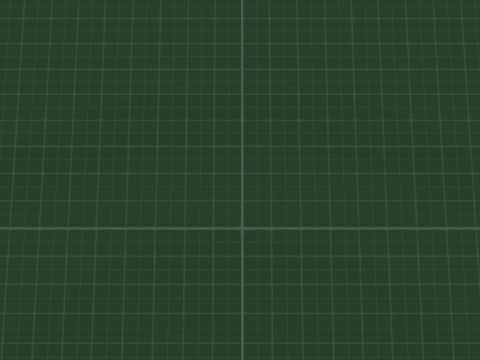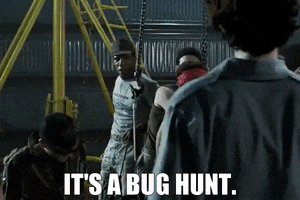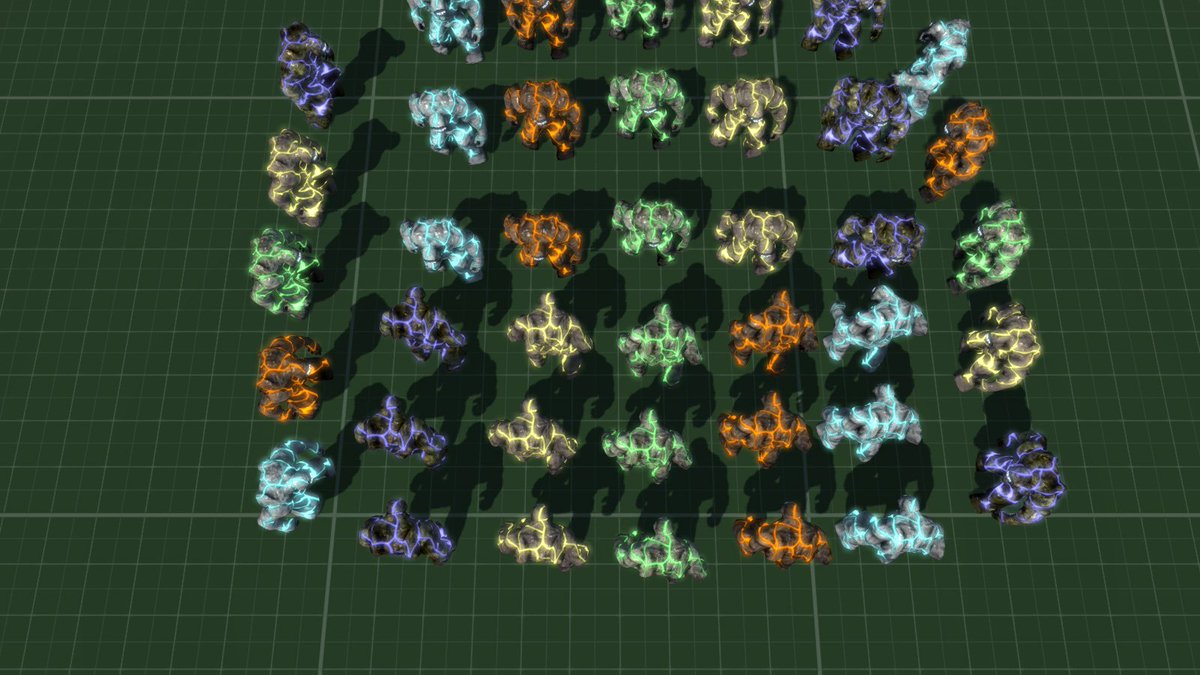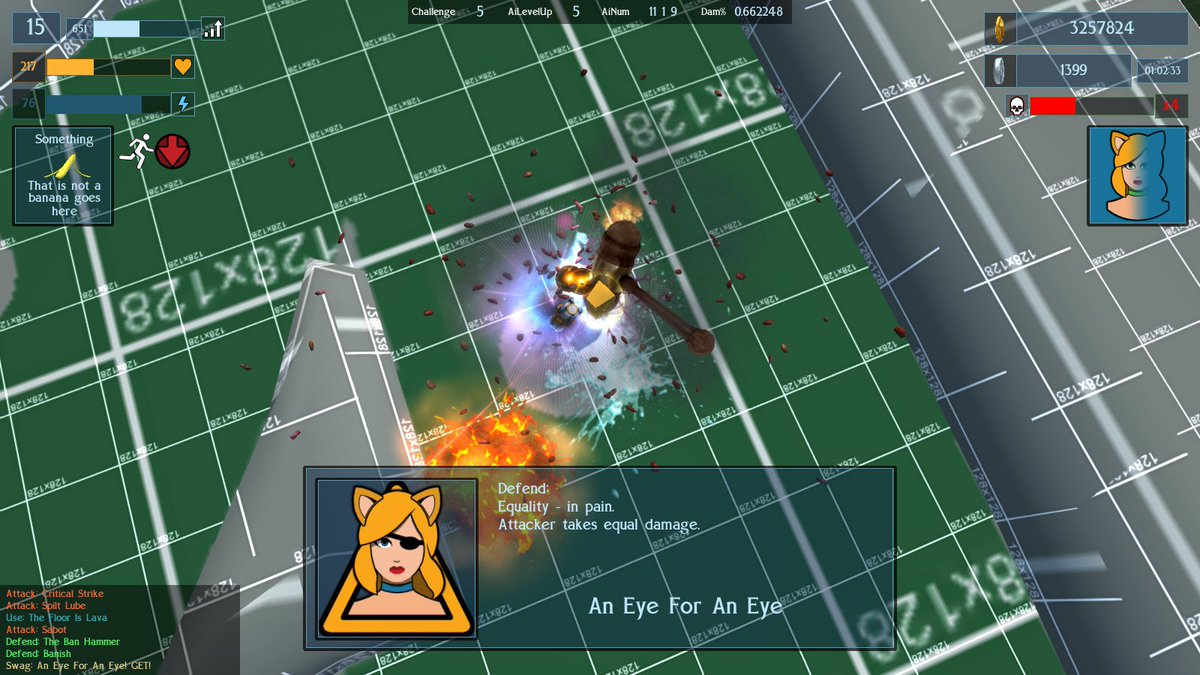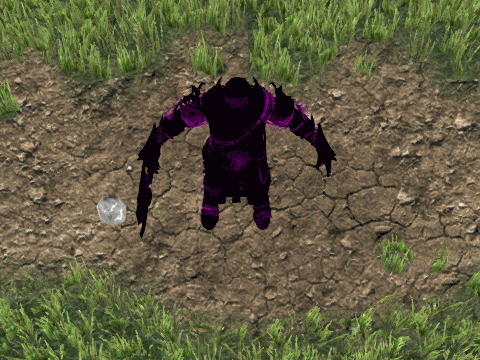Doing it wrong! The story of my life. An act in 3 parts - hopefully ...
I had forgotten how to make characters.
How did I make this? Absolutely no idea.
I hadn't written anything down. I knew the software involved but the actual steps? No idea. So I started again from scratch, intending to make a better system and this time wrote everything down.
I ended up writing a long thread on how I got a model from makeHuman, into Blender, and ready to import it into open source game engine Torque3D. You can veiw that here.
Now importing a mesh into Blender tends to come with a whole lot of transforms which Torque just doesn't like. The main being facing the wrong direction as in-game, negative Y is forward. So for the last nth years I have been seperating meshes and armatures and editing them so they face the correct way and then aligning them manually. This gets rid of all the wonky transforms and sets everything to a nice default 0, 0, 0. That way I can - hopefully - put any other animation into the armature.
This is all very faffy.
Whilst changing the default pose by using the "apply visual pose as rest pose" I was struck by a sudden thought; wouldn't it be nice if object mode had an apply transforms option? Thus I could pose the model with the correct facings and just apply each object, armature, mesh, etc with a click to default it all to zero. And guess what? It does have that button already.
Well ... crap. I've been causing myself unfathomable amounts of problems for god knows how many years by manually rotating everything by selecting all the vertexes of each object, turning them, and trying to line everything back up by eye - when all I had to do was click a button.
So ... talking about doing it wrong, there's more.
I've been going about making my game wrong. Or avoiding making it would be more accurate. This is partly - or even mostly - due to a helpful blogpost by a developer that talks about Steam. Why is it helpful but made me lose focus on actual development? Because of wishlists on Steam and drumming up future sales. He pointed out that his previous and very successful games had a Steam store presence 1.5 years prior to launch which meant that he had managed to accrue 33,000 wishlists. So when he was finally ready to ship, 33K people got an email telling them it was available. Even steam suggests getting at least 50K before release.
I have half my levels completed, all my monsters for each level save the bosses, and complete working game code that makes it all playable even if some pieces are missing. But I don't have anything public facing. I have no cool box art or even working main menu screen. I could have done this previously but I was too fixated on making the actual game work that I never even took into account that I needed to get potential player support early on and that means having a working Steam store page with nice artwork that brings people in, adds backstory and concept. I don't even have a title for my game other than the temporary working one. In fact my previous game; Airship Dragoon had no final title until the month it went on sale.
So ... doing it wrong ...





